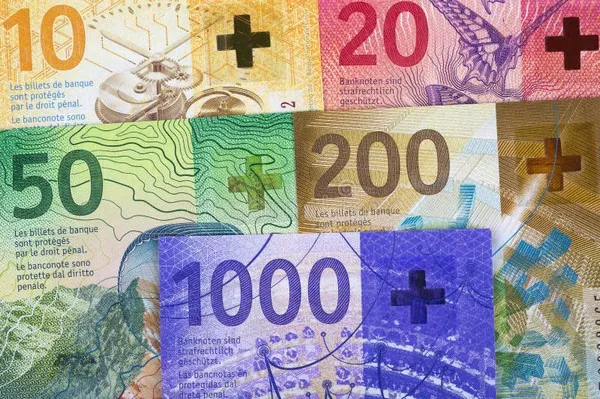Switzerland, a land known for its breathtaking landscapes, precision watches, and delectable chocolates, is also renowned for its currency, the Swiss franc. The Swiss National Bank issues banknotes in denominations of 10, 20, 50, 100, 200, and 1,000 francs. These banknotes not only serve as a means of exchange but also showcase Switzerland’s rich cultural heritage and historical figures. In this article, we will explore the characters that grace the Swiss franc notes, delving into their significance and the stories behind them.
1. The 10 Franc Note:
The 10 franc note features the portrait of Le Corbusier, a prominent figure in modern architecture and urban planning. Born as Charles-Edouard Jeanneret-Gris, Le Corbusier revolutionized architectural design with his innovative concepts and iconic structures. His inclusion on the 10 franc note pays tribute to Switzerland’s contribution to the field of architecture and design.
2. The 20 Franc Note:
On the 20 franc note, you will find the image of Arthur Honegger, one of the most influential Swiss composers of the 20th century. Honegger’s compositions were diverse, ranging from symphonies and ballets to film scores. He played a significant role in shaping contemporary music and is honored for his remarkable contributions to the cultural landscape of Switzerland.
3. The 50 Franc Note:
Sophie Taeuber-Arp, a Swiss artist and an essential figure in the Dada movement, graces the 50 franc note. Known for her avant-garde approach and abstract artistry, Taeuber-Arp defied conventions and pioneered new artistic expressions. Her presence on the banknote signifies Switzerland’s appreciation for innovation, creativity, and the arts.
4. The 100 Franc Note:
One of the most celebrated Swiss writers, Madame Marie Tussaud, is depicted on the 100 franc note. Tussaud gained worldwide recognition for her wax sculptures, which captured the likeness of notable figures from history and contemporary society. Her inclusion on the banknote acknowledges Switzerland’s contribution to the field of artistry and craftsmanship.
5. The 200 Franc Note:
The 200 franc note features a portrait of Alberto Giacometti, an influential Swiss sculptor and painter. Giacometti’s distinctive style, characterized by elongated and thin figures, made him one of the most recognized artists of the 20th century. His presence on the banknote symbolizes Switzerland’s artistic heritage and the pursuit of excellence in the visual arts.
6. The 1,000 Franc Note:
The 1,000 franc note showcases Jacob Burckhardt, a Swiss historian known for his extensive research and writings on art, culture, and the Renaissance period. Burckhardt’s insights and scholarly contributions have had a profound impact on the understanding of European history. His depiction on the banknote reflects Switzerland’s intellectual legacy and commitment to knowledge.
Conclusion:
The characters that adorn Swiss franc notes represent various fields and disciplines that have shaped Switzerland’s cultural identity. From architecture to music, art, literature, and history, these individuals exemplify the nation’s collective achievements and contributions. Each character serves as a reminder of Switzerland’s rich heritage and its ongoing commitment to excellence in various domains.
As we handle Swiss franc notes in our daily lives, it is worth taking a moment to appreciate the faces that grace them. They are not merely historical figures but symbols of Switzerland’s resilience, creativity, and intellectual prowess. These banknotes encapsulate the spirit of the nation and serve as a testament to the remarkable accomplishments of its people.


